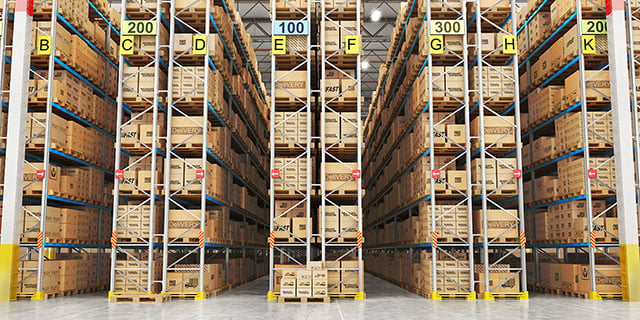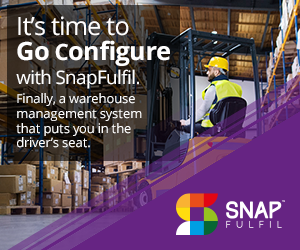Preparing for unknowns: Warehouse management in an uncertain era
Listening to the latest Brexit debates I was reminded of former US defence secretary Donald Rumsfeld’s infamous speech in 2002 about the “unknown unknowns.”
At the time he was widely ridiculed for what at first seemed a nonsensical ramble about known knowns, known unknowns and unknown unknowns. Since then, however, the concept of the unknown unknown has become much more widely used and accepted.
And nowhere is this more relevant than in the Brexit debate. There is a general feeling that everything should be OK – we know the UK is after all one of the five biggest economies in the world. Then there are the doubts – or the known unknowns. What if a deal can’t be brokered and trade is disrupted next year? In the warehousing and logistics industry, we’re doing our best to prepare for that eventuality. Every available square foot of warehousing space is currently being used to stockpile goods and products.

The issue that is making everyone just that little bit more nervous is the unknown unknowns. What are the unintended consequences of Brexit that nobody has foreseen? It’s beyond my pay grade to speculate as to what the unknown disadvantages or benefits of leaving the EU may be, but I can equate it to the warehousing and fulfilment business.
Every day at Snapfulfil we meet warehouse managers and finance directors, who tell us their warehousing is just fine. After a little discussion, it turns out there are one or two “small” issues that need ironing out. A few too many shipping errors perhaps and the usual struggle to meet peak demand.
They’re not entirely sure how to sort these problems but at least they are known unknowns, to quote Mr Rumsfeld. But start to talk about how the warehouse and its systems will cope in five or even 10 years’ time and that is when a slight look of panic starts to form.
Of course, nobody knows what will happen in the future but that doesn’t mean we can’t be prepared – even for the unknown unknowns. The retail landscape has shifted faster and more dramatically in the last 10 years than anyone could have anticipated. The high street has all but lost the war to online sales and while patience was once considered a virtue, it is now a quaint old-fashioned notion amongst online shoppers.
So while none of us knows exactly what the retail market will look like in 10 years’ time or more, it’s a fairly safe bet to say it will have changed – a lot. That’s why it is so important when choosing or upgrading your warehouse management system (WMS) to make sure it’s fit for the job now and in the future.
I have lost count of the number of companies we come across, which have been sold a “high flying” WMS, only for it to become an albatross when faced with expensive and time-consuming programming changes required to keep pace in a fast-moving market. To stand the test of time, a WMS needs to be flexible enough to adapt quickly and cost effectively to meet future demands – whatever they turn out to be.



